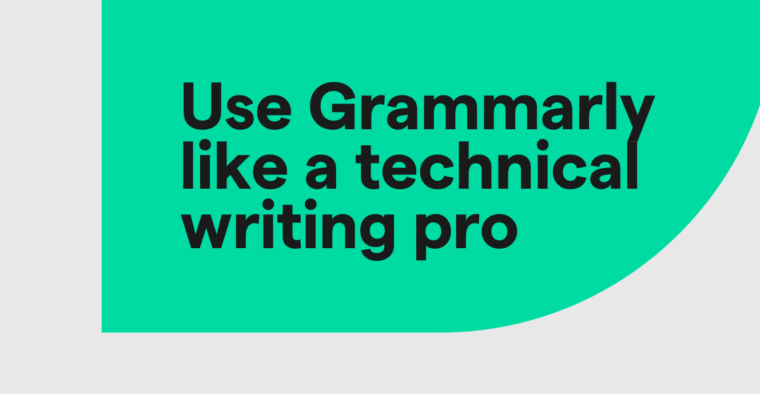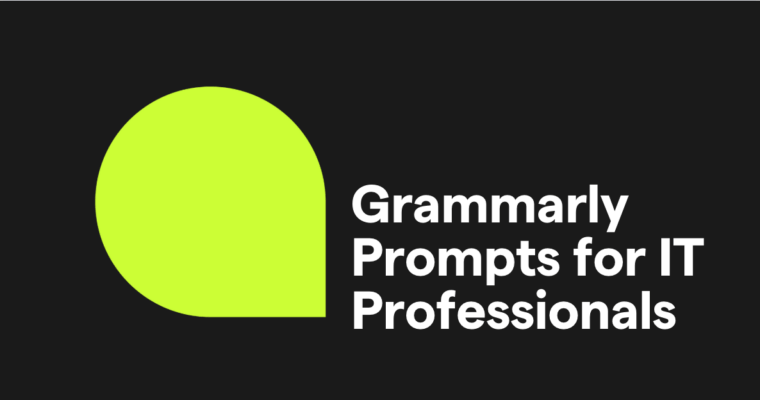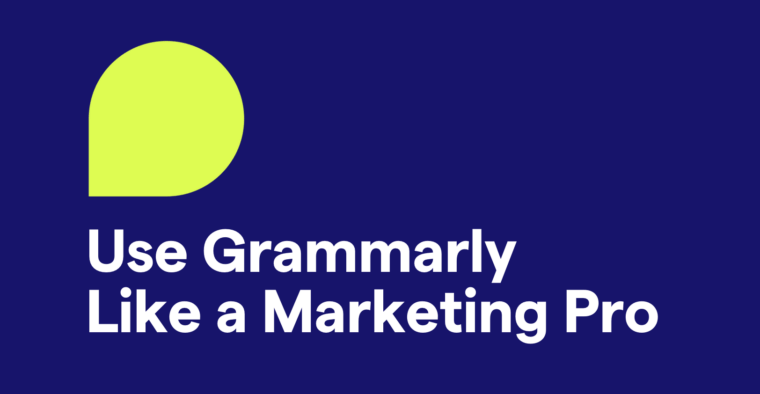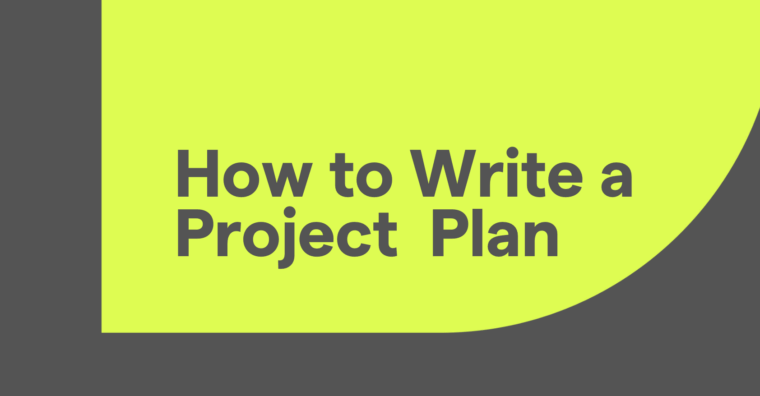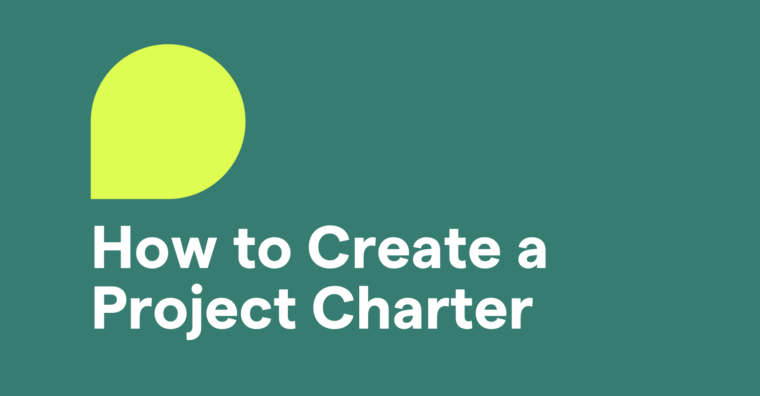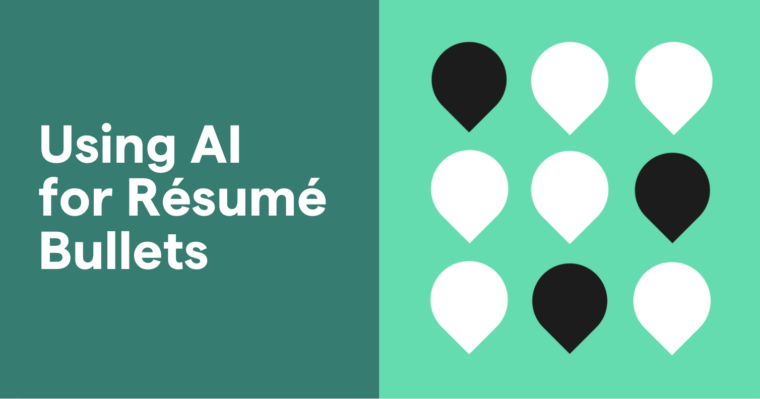
If you’ve ever applied for a job that’s a perfect fit with your skills and experience only to receive nothing more than an automated rejection letter, blame it on AI. Tech-savvy job applicants have a leg up because they know how to use generative AI (gen AI) to create résumé bullet points that get the approval of applicant tracking systems (ATS), which filter résumés before human eyes ever see them. Even the best résumés won’t see the light of day without the right keywords.
The AI influence doesn’t end there. Using gen AI—a type of artificial intelligence capable of generating human-like text based on input prompts—can help you articulate your experiences and skills more effectively, highlight achievements and résumé keywords that align with the job description in question, and resonate not just with an ATS but also with hiring managers.
Combined, these AI enhancements can improve your chances of securing an interview, making them an essential tool in the résumé bullet–building process. Fortunately, with a little knowledge, you can easily optimize your résumé to demand attention. Read on to learn how to leverage AI to create AI résumé bullets that perform.
Why use AI to write résumé bullet points
Even if you’ve mastered how to customize your résumé and used the latest résumé writing suggestions, using AI to craft résumé bullet points offers several significant benefits. For starters, AI-powered tools can generate multiple tailored bullet point options in seconds, allowing you to quickly produce customized content for different job applications, easily iterate and refine your points, and free up time to focus on networking and interview preparation.
But time-saving is just the beginning. AI writing assistants use extensive data to suggest clear, concise language that effectively communicates your achievements. More importantly, AI can analyze job postings and recommend relevant keywords and phrases to include in your bullet points to optimize your résumé for an ATS and improve your chances of getting your résumé in front of human recruiters or hiring managers.
4 steps to using AI for résumé bullets
Crafting powerful résumé bullets with AI involves strategically using your job experience and skills and the power of artificial intelligence. This guide walks you through each step.
1 Collect job descriptions, skills, and qualifications.
The first step in using AI to craft impactful résumé bullets is to gather relevant information from job descriptions and create a comprehensive list of skills and qualifications to reference as you craft your bullet points.
To get started, find three to five job postings for your target role, whether it’s a digital marketing manager, customer service representative, VP of sales and marketing, or any other position. Choose postings from different companies to get a more comprehensive view of industry expectations.
Then, review the job descriptions and list the key skills and qualifications that are shared among them. Be sure to note any recurring technical skills, soft skills, or certifications and rank the skills based on their frequency of appearance in job descriptions. The results make up your master list of job skills and qualifications.
Review and edit it to include specific language or industry jargon and related terms that might be used in an ATS. You will want to include as many of these terms as possible in your bullet points, provided they are relevant to your experience and the position, as they will get you past ATS gatekeeping and give hiring managers the impression that you’re a good fit.
Here’s an example of a skills and qualifications list for a digital marketing manager role:
- SEO/SEM
- Content strategy
- Social media marketing
- Google Analytics
- Project management
- Data analysis
- A/B testing
- Marketing automation tools (e.g., HubSpot, Marketo)
2 List your experience.
Now it’s time to create a comprehensive list of your professional experiences, which will inform your résumé bullet points.
Start with your roles and responsibilities. List all relevant positions you’ve held, including job titles and dates of employment. For each role, outline your primary responsibilities and day-to-day tasks. Include your most significant achievements and outcomes, including your top measurable and quantifiable results, noteworthy improvements you made, goals you exceeded, and recognition you received.
Examples of key metrics worth including:
- Revenue or sales increases
- Cost savings
- Efficiency improvements
- Customer satisfaction scores
- Team size or budget managed
Here are three examples of experience bullets for a digital marketing manager:
- Developed an SEO strategy that increased website traffic and improved product rankings over a year
- Managed a marketing team of eight and a $1.2 million budget, consistently staying under budget and meeting goals
- Led a data-driven social media campaign that increased engagement and brought in more potential customers, resulting in higher revenue
3 Input your skills and master list into the AI tool and generate résumé bullets.
Once you’ve compiled your experience and skills, it’s time to leverage AI to create impactful résumé bullets. Here’s how:
First, choose a reliable AI writing tool, such as ChatGPT, Gemini, Perplexity, or specialized AI résumé tools.
Next, provide your preferred AI with the job description of the job you want to apply for, your master list of skills and qualifications, and your list of relevant skills, experiences, and achievements.
Now, prompt the AI to generate résumé bullets based on this information. A sample prompt could be: “I’m applying for the following job. Use the following job description, the included list of key skills and qualifications for this type of job, and the outline of my related skills and experience to create résumé bullet points for each position I have held, optimizing relevant industry experience and keywords.”
Here are starter résumé bullet point examples for a human resources role before AI enhancement:
- I created a new onboarding program for employees. It helped new hires start working faster, and more of them stayed with the company after their first year. The time it took for new employees to become productive decreased by 30%. Our first-year retention rate went up from 70% to 92%.
- I was in charge of hiring for five different departments in the company. I introduced new technology to help with hiring, which made the hiring process faster and resulted in better employees. The time it took to hire someone went down by 40%, and the quality of our new hires went up by 25%.
- I created new training programs for our employees that helped more people get promoted within the company and reduced the number of skills our employees were missing. Internal promotions went up by 60%, and we reduced the skills gaps in our company by 25%.
You’ll notice they don’t exactly jump off the page. But following are examples of the same bullet points after AI enhancement. They exemplify how AI can improve bullet points for résumés through clarity, conciseness, business writing, strong action words, the inclusion of notable impact on the organization, and alignment with common HR priorities like efficiency, employee satisfaction, and workplace culture:
- Designed and implemented a comprehensive onboarding program, reducing new hire time-to-productivity by 30% and increasing first-year retention rates from 70% to 92%
- Orchestrated end-to-end recruitment strategies for five departments, leveraging AI-powered tools to decrease time-to-hire by 40% and improve quality-of-hire metrics by 25%
- Spearheaded the creation of targeted training initiatives, resulting in a 60% increase in internal promotions and a 25% reduction in identified skills gaps across the organization
4 Refine bullets for impact.
While AI tools can generate impressive résumé bullets, bullets created by AI should never be considered final drafts. You must always refine your AI-generated content to maintain your authentic voice and ensure accuracy and optimal impact.
To best refine your AI résumé bullet results, do the following:
- Proofread the bullets and make sure the information is correct and reflects your experience.
- Adjust the language to match your personal style and industry norms.
- Add any worthy details unique to your experience and the companies you worked for.
- Ensure you’ve quantified your results and impact by including specific numbers, percentages, or dollar amounts where possible; use ranges or estimates if exact numbers aren’t available.
- Double-check to ensure the bullets align with the specific job requirements of the position you’re applying for.
Once your bullets are finalized, place the most impressive and relevant bullets at the top of each job description and make sure each bullet demonstrates a different skill or achievement to showcase your versatility.
More examples
Ready for more résumé bullet point examples and to see how AI can improve them by including more details, strong verbs, and industry terminology? Here are basic bullets for a customer support role followed by AI-enhanced versions:
Original: Answered customer inquiries via phone and email
AI enhanced: Efficiently managed a high-volume customer support queue, responding to 150+ inquiries daily via phone and email, maintaining a 98% customer satisfaction rate
Original: Resolved customer complaints and issues daily
AI enhanced: Demonstrated exceptional problem-solving skills by resolving 95% of customer complaints within 24 hours, reducing escalation rates by 40% and improving overall customer retention by 15%
Original: Trained new customer support team members as needed, sharing information I learned firsthand
AI enhanced: Developed and implemented a comprehensive training program for new hires, reducing onboarding time by 30% and improving new agent performance metrics by 25% within their first month
Advanced techniques for résumé bullets
While it may be helpful for you to analyze relevant job descriptions yourself at the beginning of this process, you can let AI do the work for you instead. Once you find the three to five job descriptions that best encompass the type of job you want, input them into AI with a prompt to identify and create a list of key skills and qualifications shared among the job descriptions.
Include in your prompt a command to note any recurring technical skills, soft skills, or certifications and to rank the skills based on the frequency of appearance in job descriptions. Then, input your experience list and ask AI to incorporate the most important keywords and integrate them into your résumé bullet points.
Tips for different experience levels
All résumés aren’t created equal. A résumé for someone just starting a career or entering a new field will include very different information than one for an executive with 20 years in the industry. Following are some tips to consider based on where you land on the job experience spectrum:
Entry-level positions
If you’re just starting your career, focus on transferable skills gained from academic projects, internships, or part-time jobs; achievements in school or volunteer work that demonstrate professional qualities; and technical skills or certifications relevant to your field.
Example bullet point: Participated in student marketing club
AI-enhanced bullet point: Led social media campaign for student marketing club, increasing Instagram followers by 50% and engagement rate by 75% over one semester
You’ll notice that AI took liberties by adding fictitious metrics, which is common if no metrics are provided. Be sure to follow the AI-enhanced lead but also edit it for accuracy while keeping the focus on demonstrated initiative, digital marketing skills, and the ability to achieve measurable results.
Mid-career positions
At this stage, it’s essential to emphasize your career progression, increased responsibilities over time, and professional value. Highlight your leadership experiences and team management skills, showcasing how you’ve guided and developed others. Also demonstrate growth in your field by focusing on the specialized skills and expertise you’ve cultivated over time. Be sure to include quantifiable impacts on company goals or metrics to illustrate tangible results from your contributions.
Example bullet point: Managed team and improved sales
AI-enhanced bullet point: Directed a team of 12 sales representatives, implementing data-driven strategies that increased regional sales by 28% year over year and consistently exceeded quarterly targets by an average of 15%
Executive-level positions
At the executive level, your résumé bullet points should showcase your strategic vision and its successful implementation across the organizations you’ve worked for. To achieve this, highlight your high-level achievements that have significantly impacted the company, such as significant revenue increases, market expansion, or operational efficiencies. Emphasize your industry influence and thought leadership, including speaking engagements, articles or mentions in publications, and board positions. Detail the transformational changes you’ve spearheaded and their long-term impact on the company’s growth, culture, or market position.
Example bullet point: Oversaw company expansion and increased revenue
AI-enhanced bullet point: Spearheaded the company’s expansion into three new international markets, resulting in a 38% increase in global revenue and positioning the firm as a top-five industry leader while simultaneously improving operational efficiency to boost profit margins from 15% to 22%
Conducting a final review
AI is incredible at creating good résumé bullet points but is not a substitute for human oversight.
You should always review your bullets for accuracy, whether it’s verifying company spellings, job titles, dates of employment, or metrics. Grab that list of skills and qualifications you made earlier and make sure all the keywords made it into your final draft. Also, ensure all the bullet content reflects your actual experience and is consistent in formatting. Consider font sizes, bullet styles, spacing, dates, tone of voice, etc.
Finally, step away from your bullets for a while, then return and read them with fresh eyes to make sure your bullet points are clear, concise, and easy to read. Avoid jargon or unnecessarily complex language that could confuse hiring managers or lessen the power of your résumé.
Once you’ve conducted a final review, your résumé bullets will be positioned for the greatest impact.

